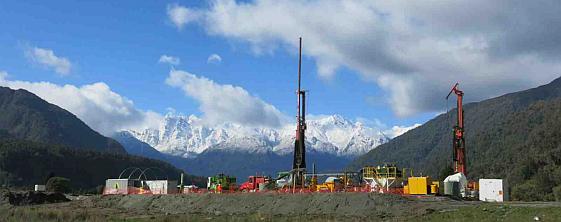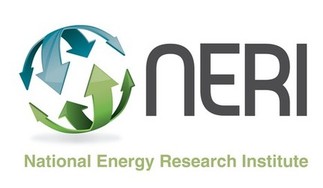Low cost, clean, secure electricity
West Coast of New Zealand's South Island, Geothermal discovery. VUW and UoO. Photo: John Townend.

New Zealand's electricity consumption has been relatively flat across all sectors for the last decade. The various government scenarios for future electricity demand increase in line with population and GDP growth, with the future of the Tiwai point aluminum smelter representing the main short-term demand uncertainty. Peak demand is forecast to grow faster than average demand.
These and other recent scenario work by Business NZ Energy Council and GLOBE-NZ point to three areas where local research could contribute to better outcomes for New Zealand.
First is to increase the availability of low cost clean electricity to help accelerate the transition to electric vehicles for low duty cycle transport. If the cost of this can be reduced EVs become economic sooner reducing the risks from GHG emissions.
Geothermal is the least-cost fuel for both base load electricity generation and for local thermal loads. New Zealand is one of a small number of countries with expertise in its exploitation. Research into its geology is an important component in our current energy research portfolio. However because of its strategic importance additional research, both above and below ground, is required to increase its availability and lower its cost and emissions. Wind generation is also cost competitive thanks to New Zealand’s high capacity factor and the availability of a significant hydro resource to help manage its intermittency, but we import the necessary technology so local research is of lower priority.
Second, the peakier the electricity load the more there is a need for mid-merit and peaking generation. Natural gas is the least cost generation for these loads, and it along with coal plays a role in dry year support. The opportunity is to reduce the risk from GHG emission by flattening the load serviced by the grid and thereby reduce the need for gas generation, and finding other ways to help manage dry years. There are many supply and demand side, centralised and decentralised opportunities to potentially do this economically and more cleanly. Because the peak loads are mainly thermal the options do not necessarily require electricity (e.g. biomass winter heating).
Some business-as-usual developments are moving in this direction, for example supply side storage, time-of-day pricing, and emerging more flexible loads such as EVs. But this is an area where the benefits of low-cost load sculpting are high in terms of both reducing exposure to GHGs and reducing the cost of electricity. There are multiple options involving both thermal and electrical energy many that involve behavioural changes. This makes the identification, assessment and development of low cost opportunities to reduce peak demand on the grid and aid dry year protection priorities for local research.
Third, new storage technologies are becoming Increasingly economic. With it comes the risk its impact and peer-to-peer trading will undermine the current business and regulatory arrangements in the sector, and if not managed the stability of supply. New Zealand’s situation is relatively unique, being an islanded system with high levels of renewables and market based regulation. This makes the evolution of changes such as these and their impact a priority for local research
